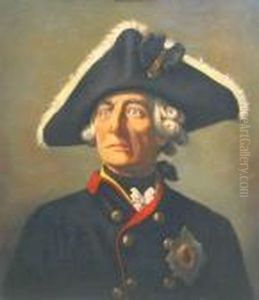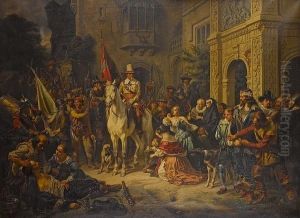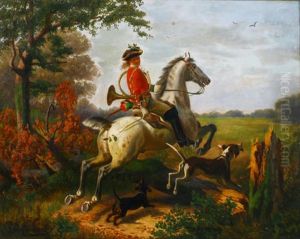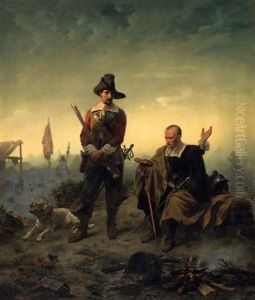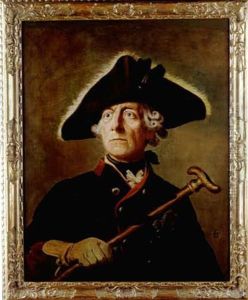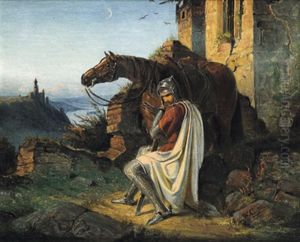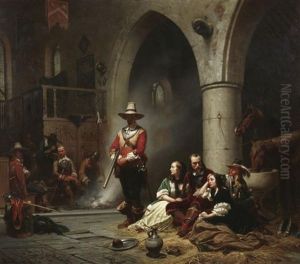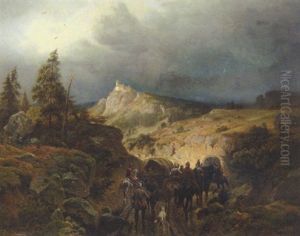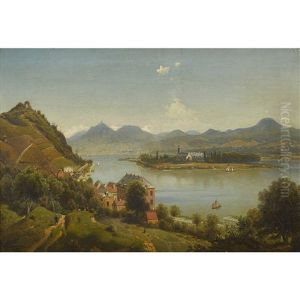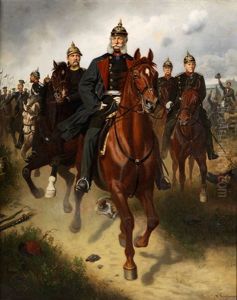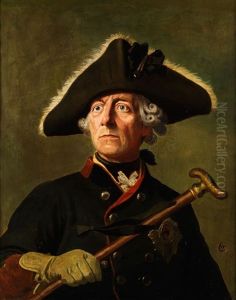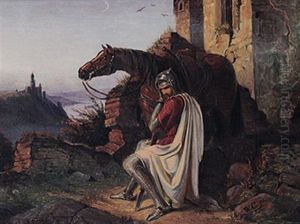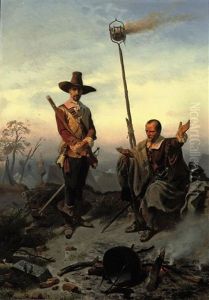Wilhelm Camphausen Paintings
Wilhelm Camphausen was a German painter born on February 8, 1818, in Düsseldorf, Germany. He became renowned for his works focusing on historical and military subjects, particularly scenes from Prussian and German history. His interest in military themes was likely influenced by the political climate of his time, which included the Revolutions of 1848 in the German states and the subsequent unification of Germany.
Camphausen began his artistic education at the Düsseldorf Academy of Arts, where he studied under influential teachers such as Theodor Hildebrandt and Wilhelm Schadow, who were key figures in the Düsseldorf school of painting. This school was known for its focus on detailed historical painting and the use of color to convey mood and atmosphere.
Throughout his career, Camphausen received various commissions from the Prussian court, which contributed to his popularity and success. His works were characterized by their meticulous detail, vibrant color palette, and the ability to convey the grandeur of historical events. Camphausen often depicted famous military leaders and battles, which resonated with the growing sense of nationalism and pride in German military achievements.
In addition to his paintings, Camphausen also created illustrations for books, bringing historical events and figures to a wider public audience. His illustrations were widely distributed and contributed to the popular image of German history at the time.
Wilhelm Camphausen's contribution to the genre of historical painting was significant, and his works remain a testament to the 19th-century fascination with history and nationalism. He passed away on June 3, 1885, in Düsseldorf. Today, his paintings can be found in various museums and collections, continuing to provide insight into the historical events that shaped Germany and Europe during his lifetime.

























